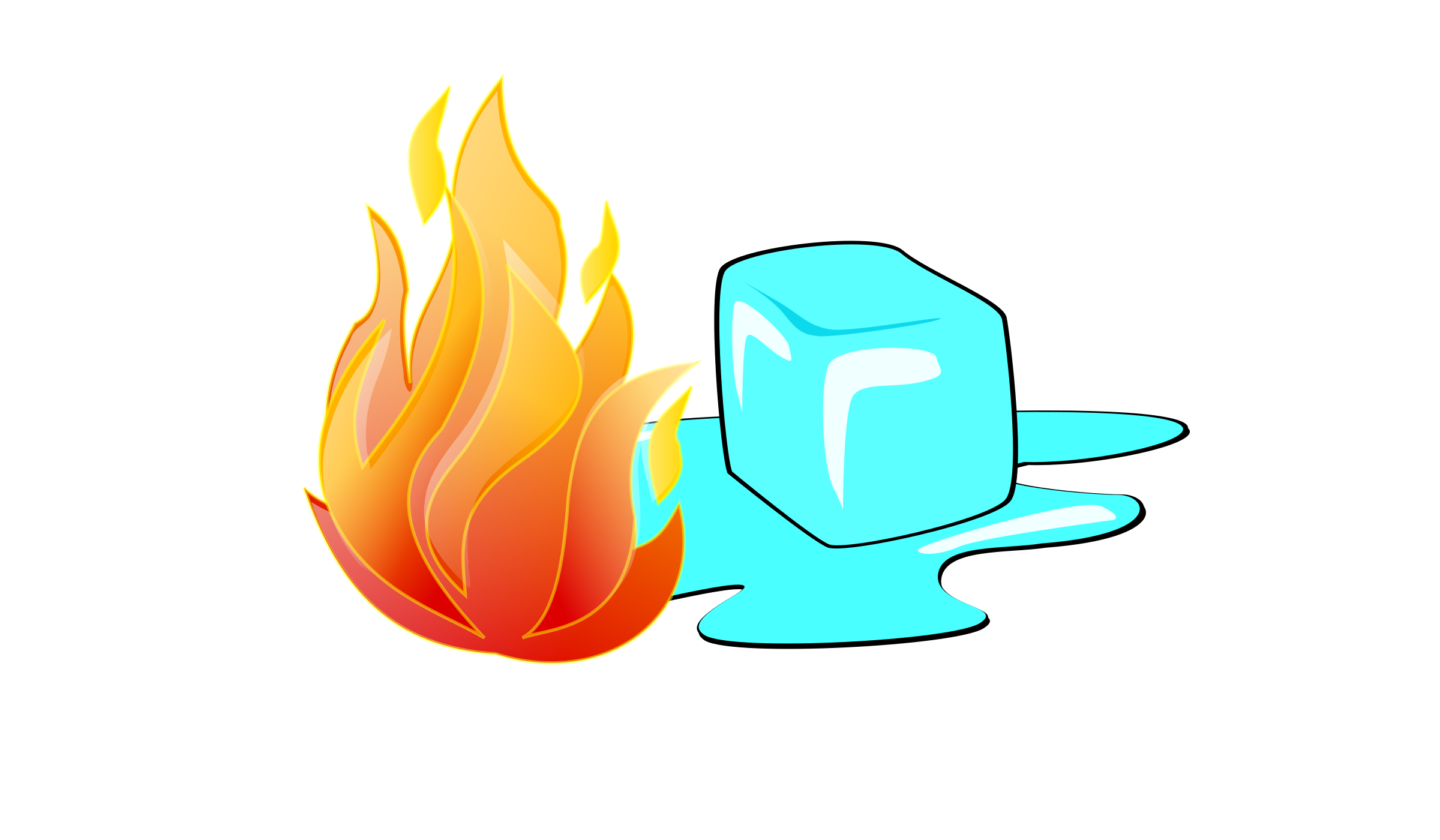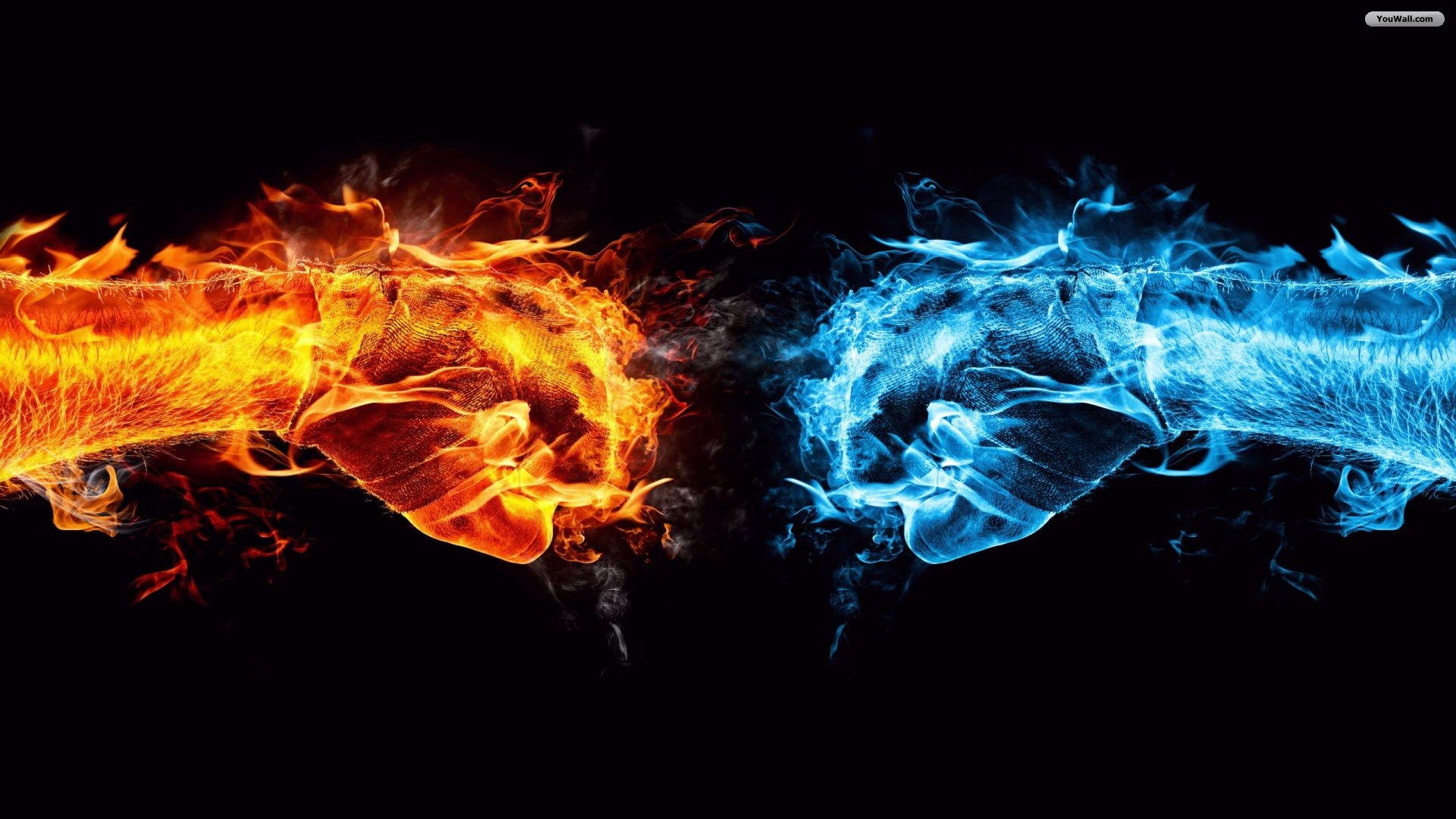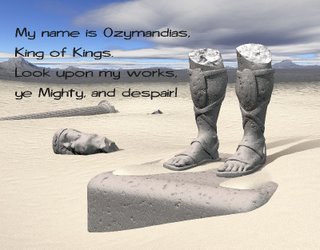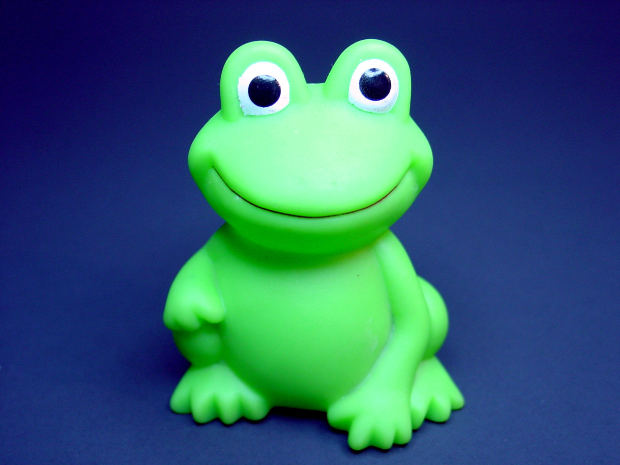Setting of the poem: This poem seems to be set at a place from which one can get a panoramic view of both the city of Chicago and its harbour. Going by the poet’s words, that place is Grant Park. From there, one can easily get a full perspective of the entire area covered by the fog as it envelops the city and then also retreats after some time.
Fog by Carl Sandburg Analysis
The poet has called this poem an “American haiku”. A haiku is a Japanese poetic form, traditionally made up of 3 lines, and evoking images of the natural world. Before Sandburg, another very eminent American poet had used the form of the haiku, and that was Ezra Pound. If we look at a poem like “In a Station of the Metro”, we will see that Pound had stuck to the 3 line structure of the haiku, and had used an extended metaphor to fulfil his poetic purpose. In the above mentioned poem, Pound had compared the faces of the people he had seen in an underground metro station with white petals on the black bough of a tree.
Thus, he had evoked a concrete image of the natural world to describe something he had seen in the urban cityscape of the 20th century. Sandburg also makes use of extended metaphor in the same way in this poem “Fog”. He compares the fog with the concrete image of a cat. These are both dissimilar things, yet their comparison seems apt to us, as it had in Pound’s poem as well. The only way in which Sandburg departs from a traditional haiku as well as the haiku of Pound is to extend its length from 3 lines to 6 lines. However, we can argue that this is not such a major extension and that in any case each of his lines is very short; much shorter than any line in Pound’s haiku in fact.
Now, Pound had used the haiku to depict the solitude and anomie of common man in the modernist era. The faces in the underground metro station had seemed spectral and ghostly to him, for none of them were talking to each other. This leads us to believe that Sandburg too must have wanted to use the form of the haiku to speak about some aspect of modernist life. This part of the interpretation of the poem is rather difficult, and it has drawn a variety of responses from various critics. Some have equated the fog with lack of clarity, and some with fear of the unknown.
As we know, this poem was published in 1916, at the height of the First World War. Hence it would not be wrong to assume that such a major historical event must have been at the back of Sandburg’s mind while writing this poem. This was the first war in which such massive destruction of property and loss of young lives had happened, and people really didn’t know what to expect next, or when it would all come to a stop. Hence the fog could be a symbol of the fear that was present in people’s mind about the Great War.
Poetic Devices in Fog by Carl Sandburg:
Rhyme scheme:
The poet does not follow any identifiable rhyme scheme in this poem.
Rhetorical devices:
Extended metaphor: Also known as a conceit or sustained metaphor, this rhetorical device is used when an author exploits a single metaphor or analogy at length through multiple linked vehicles, tenors, and grounds throughout a poem or story. In this poem, the poet uses the device of extended metaphor by comparing the fog with a cat throughout the entire length of the poem.
Transferred epithet: This rhetorical device is used when an emotion is attributed to a non-living thing after being displaced from a person, most often the poet himself or herself. In this poem, the poet uses the device of transferred epithet in the 3rd line of the 2nd stanza when he writes the phrase “silent haunches”. It is not literally that the cat’s haunches are silent, for they don’t even have the ability to speak, but that the way in which the cat sits on its haunches does not make any sound.
Central Idea of Fog by Carl Sandburg:
The movement of the fog that the poet sees over Chicago is similar to the movement of a cat. It comes and it goes surreptitiously and silently. It approaches the Chicago harbour as it is attracted to the water particles present there. But it is only a temporary visitor. It does not settle down into one place, and sits on its haunches, ready to leave at a moment’s notice. It is not there to stay, and it leaves as suddenly as it had come. The poet has seen fog before, but it has never awed him as it does now with its implication of an impending and unknown threat that cannot be clearly seen, felt, or understood.
Some online learning platforms provide certifications, while others are designed to simply grow your skills in your personal and professional life. Including Masterclass and Coursera, here are our recommendations for the best online learning platforms you can sign up for today.
The 7 Best Online Learning Platforms of 2022
- Best Overall: Coursera
- Best for Niche Topics: Udemy
- Best for Creative Fields: Skillshare
- Best for Celebrity Lessons: MasterClass
- Best for STEM: EdX
- Best for Career Building: Udacity
- Best for Data Learning: Pluralsight
















